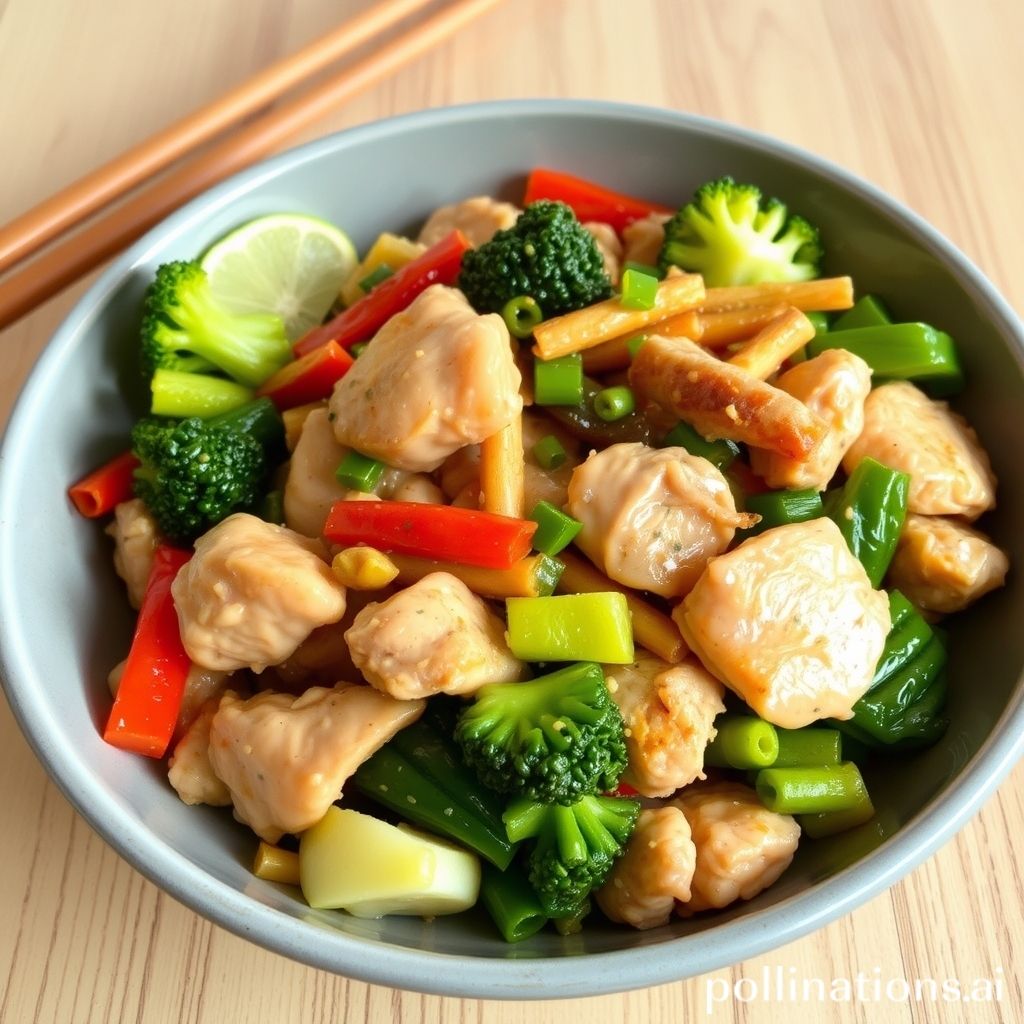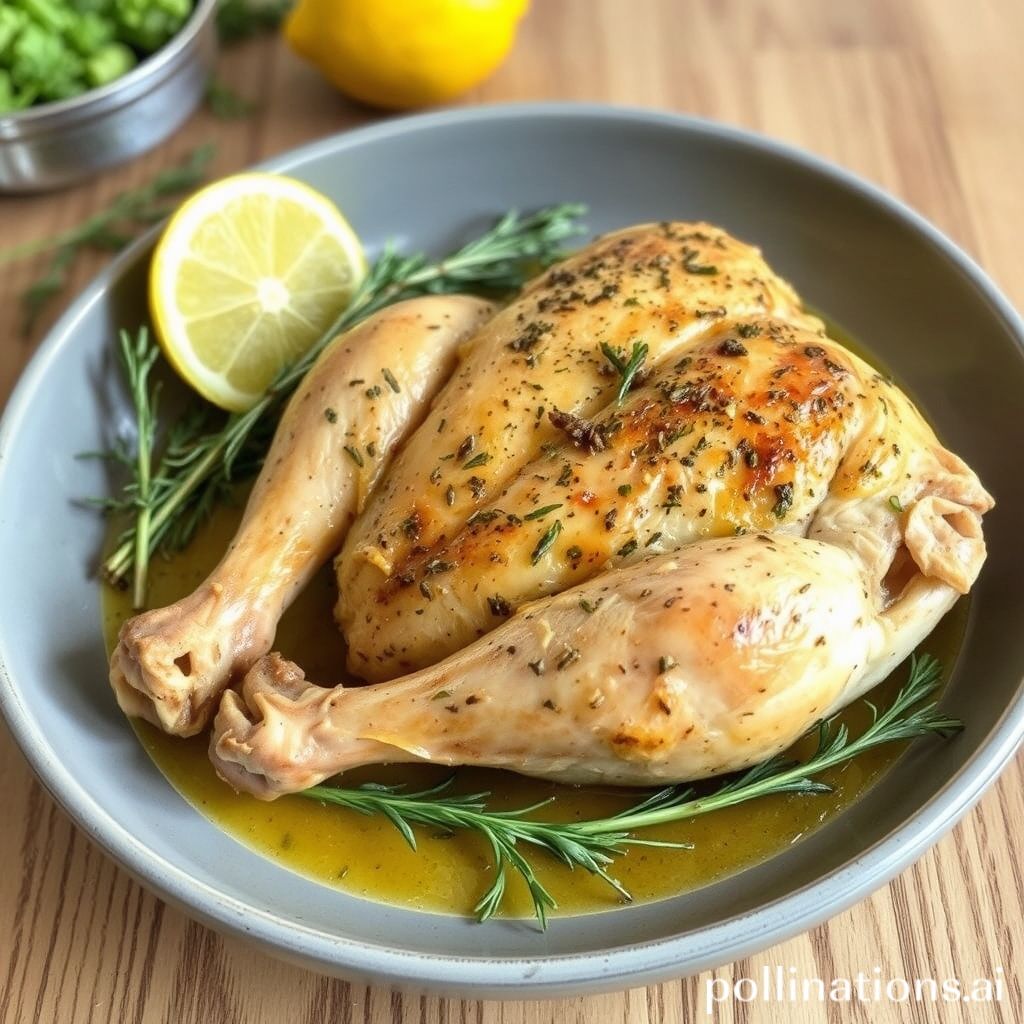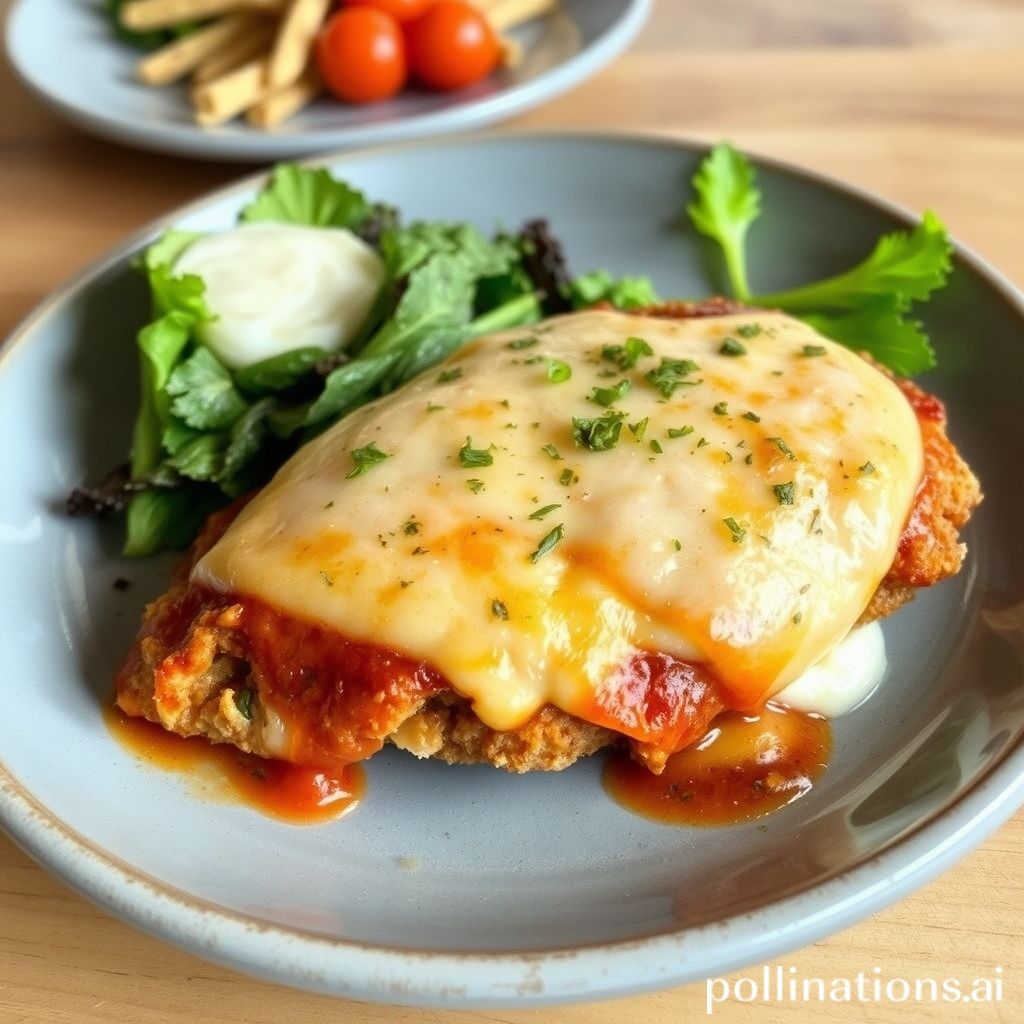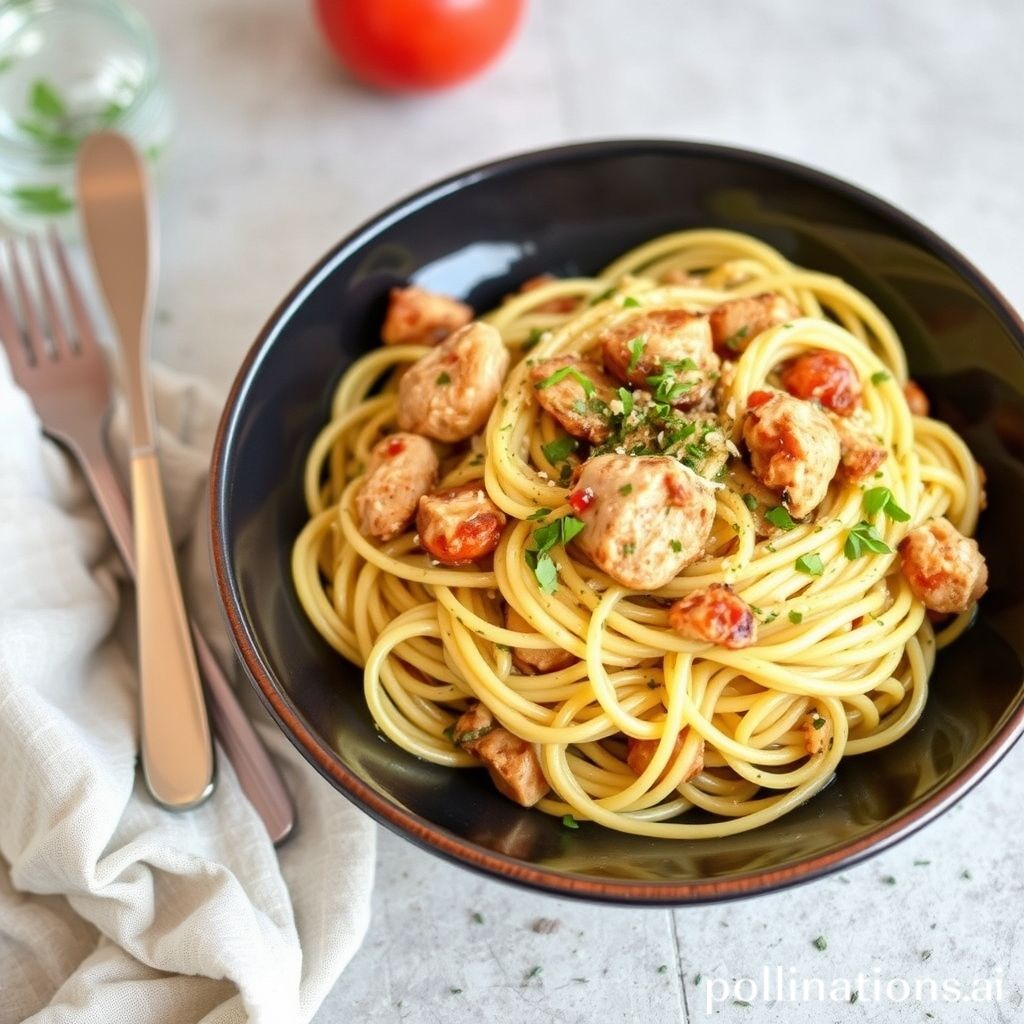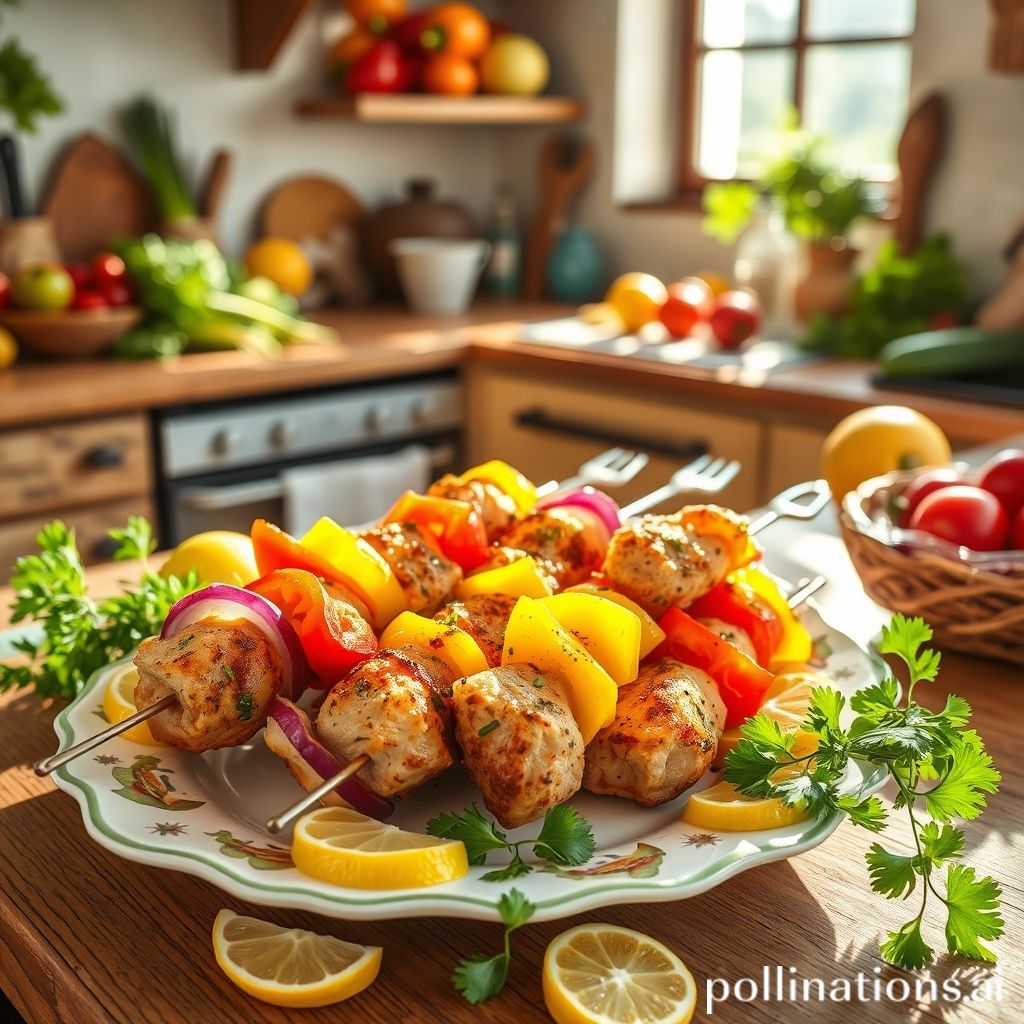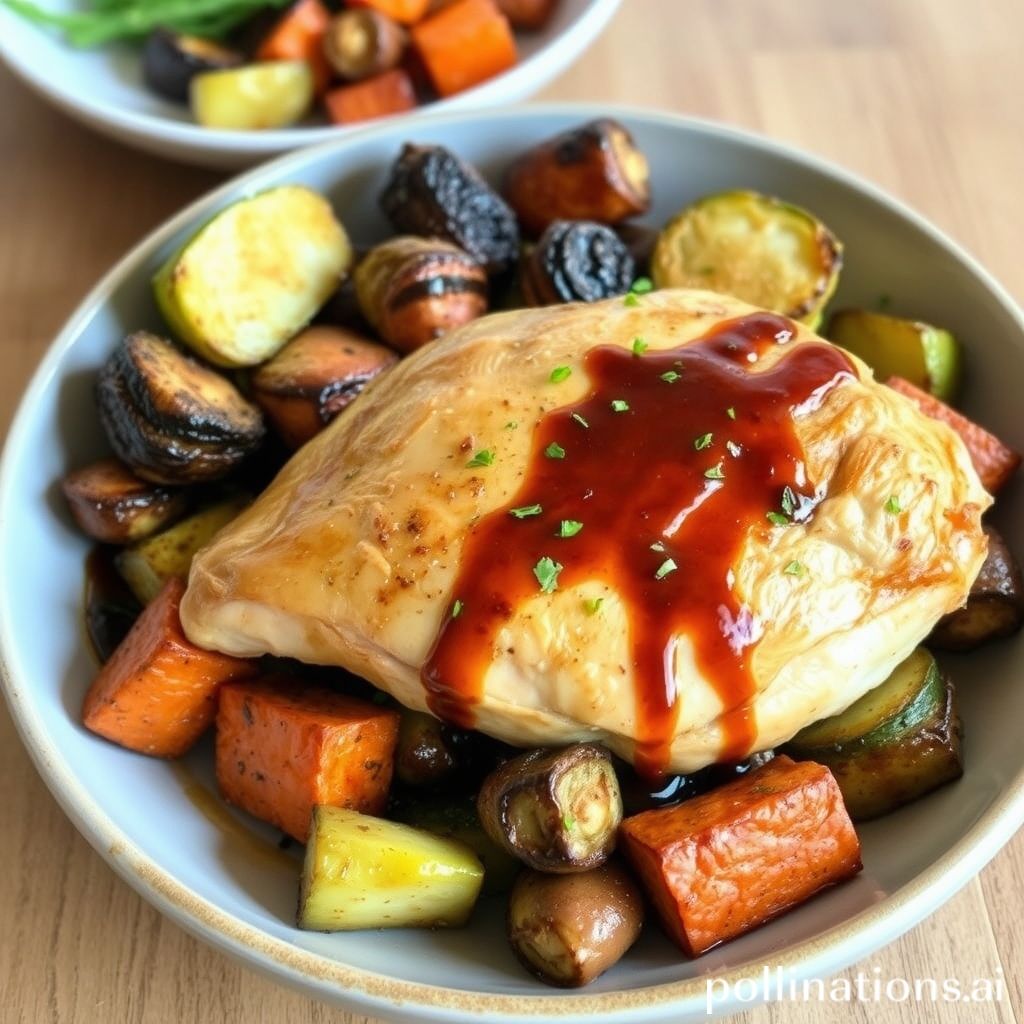Table of Contents
- Introduction
- Essential Ingredients for Chicken and Vegetable Stir-Fry
- Selecting the Right Chicken for Stir-Fry
- Perfecting the Vegetable Selection and Preparation
- Flavoring with Soy Sauce, Ginger, and Garlic
- Stir-Fry Techniques for Optimal Texture and Taste
- Adding Rice or Noodles for a Complete Meal
- Common Variations and Modifications
- Tips for Quick and Easy Stir-Fry Preparation
- Conclusion
- Frequently Asked Questions
Introduction
There’s an art to crafting the perfect stir-fry, and it starts with the freshest ingredients. Imagine tender slices of chicken mingling with crisp, vibrant vegetables, all brought together by a symphony of flavors. Are you ready to take your culinary skills to a new level? Welcome to ‘Savor the Flavor: Mastering the Perfect Chicken and Vegetable Stir-Fry.’ In this article, you’ll embark on a culinary adventure that will transform a simple dish into an unforgettable meal.
Whether you’re a kitchen novice or a seasoned chef, preparing a stir-fry chef-d’oeuvre involves the right ingredients, techniques, and a dash of creativity. With every slice of chicken and every toss of the wok, you’ll discover the secrets to achieving perfect texture and flavor. Get ready to tantalize your taste buds and impress your dinner guests as you explore the colorful world of chicken and vegetable stir-fry. The sizzling aroma will draw them closer, and the vibrant presentation will keep them engaged. Let’s dive into the essentials that will make your dish not just a meal, but a masterpiece.
Essential Ingredients for Chicken and Vegetable Stir-Fry
To create a delicious chicken and vegetable stir-fry, it’s crucial to start with fresh, high-quality ingredients. The main star of the dish is, of course, the chicken. Opt for boneless, skinless chicken breasts or thighs for a lean, protein-rich option. Slice them thinly for quick cooking.
Vegetables are equally important, adding color, texture, and nutrients. Common choices include bell peppers, broccoli, snap peas, and carrots, all thinly sliced to ensure even cooking. Feel free to mix and match according to seasonal availability or personal preference.
A good stir-fry also requires aromatics like garlic and ginger, which infuse the dish with depth and heat. Finely mince or grate these to distribute their flavors evenly.
Lastly, the sauce ties everything together. A blend of soy sauce, oyster sauce, and a splash of sesame oil adds umami and richness. For a bit of heat, consider adding sriracha or red pepper flakes. A touch of cornstarch mixed with water can thicken the sauce, giving it the perfect glaze-like consistency. Don’t forget to top the dish with crunchy cashews or sesame seeds before serving for an added layer of texture.
Selecting the Right Chicken for Stir-Fry
Choosing the right chicken for stir-fry is crucial to achieving a flavorful and tender dish. The most recommended cut for stir-fry is boneless, skinless chicken breast due to its lean nature, which cooks quickly and evenly. However, chicken thighs are also a popular choice for those who prefer a bit more flavor, as they contain more fat and tend to remain juicy even when cooked at high temperatures.
When preparing chicken for stir-fry, it’s essential to slice the meat into uniform, thin strips. This ensures even cooking and allows the chicken to absorb the flavors of the marinade effectively. To make slicing easier, partially freeze the chicken for about 20 minutes before cutting.
Marinating the chicken before cooking can enhance its flavor and tenderness. A simple marinade consisting of soy sauce, ginger, garlic, and a splash of sesame oil can add an authentic taste to your stir-fry. Allow the chicken to marinate for at least 15 minutes or up to a few hours for more intense flavor.
Whether you opt for breast or thigh, selecting fresh, high-quality chicken will significantly impact the overall quality of your stir-fry, ensuring a delicious and satisfying meal.
Perfecting the Vegetable Selection and Preparation
Perfecting the vegetable selection and preparation is crucial for creating a delicious chicken and vegetable stir-fry. Choosing a vibrant medley of vegetables not only adds color but also ensures varied textures and flavors. Popular choices include bell peppers, broccoli, snap peas, and carrots. These vegetables provide a delightful crunch and complement the tender chicken beautifully.
When selecting vegetables, opt for fresh, seasonal produce whenever possible, as they will offer the best flavor and nutrient content. Wash all vegetables thoroughly to remove any dirt or pesticides. For uniform cooking, cut the vegetables into similar-sized pieces, ensuring that they cook evenly and quickly.
Blanching certain vegetables, like broccoli and carrots, can help preserve their vibrant colors and tenderize them slightly before stir-frying. To do this, briefly immerse them in boiling water and then transfer them to an ice bath. This step is essential for retaining their crispness in the final dish.
It’s key to remember that stir-frying is a rapid cooking process, so having all your vegetables prepped and ready to go before you start cooking is imperative. By focusing on proper selection and preparation, your chicken and vegetable stir-fry will be a flavorful and satisfying dish every time.
Flavoring with Soy Sauce, Ginger, and Garlic
Enhancing the taste of your chicken and vegetable stir-fry can be effortlessly achieved with the classic combination of soy sauce, ginger, and garlic. These three ingredients work harmoniously to create a savory, aromatic experience that elevates the overall flavor profile of the dish.
Soy sauce, a staple in many Asian cuisines, adds a rich umami flavor that is both salty and slightly sweet, serving as the base of your stir-fry sauce. It penetrates the chicken and vegetables, giving them depth and a pleasing golden-brown hue.
Ginger provides a zesty, slightly spicy undertone that brightens the dish. Fresh ginger is recommended for its vibrant taste, but ground ginger can also work in a pinch. Its aroma and flavor complement the soy sauce, cutting through the richness with a refreshing balance.
Garlic, on the other hand, adds a fragrant, pungent note that enhances the complexity of the stir-fry. Whether minced or sliced, garlic infuses the dish with an irresistible aroma as it sizzles in the pan. Together, these ingredients create a tantalizing base that ensures your chicken and vegetable stir-fry is both flavorful and satisfying.
Stir-Fry Techniques for Optimal Texture and Taste
Stir-fry is a classic cooking technique that brings together a variety of ingredients, creating a delicious and healthy meal. One key to achieving the optimal texture and taste lies in the preparation and execution of the stir-fry process. Start by ensuring all ingredients are cut into uniform sizes. This helps in even cooking, allowing flavors to develop consistently.
Another key technique is to cook at high heat. Make sure your wok or pan is heated properly before adding oil and ingredients. The high heat helps to sear the chicken and vegetables quickly, locking in juices and flavors while preserving texture. It is essential to keep the ingredients moving in the pan, preventing burning and ensuring everything cooks evenly.
Additionally, add ingredients sequentially based on their cooking time. Begin with proteins, such as chicken, before following up with denser vegetables like carrots or broccoli. Add quick-cooking veggies like bell peppers towards the end to maintain their crispness. Using a well-balanced sauce can enhance the overall flavor without overwhelming the dish.
Lastly, do not overcrowd the pan, as this can lead to steaming rather than frying. Cook in batches if necessary to achieve that ideal stir-fry texture and taste.
Adding Rice or Noodles for a Complete Meal
Adding rice or noodles to your chicken and vegetable stir-fry not only enhances the dish’s texture but also creates a well-rounded and satisfying meal. Both rice and noodles work wonderfully to absorb the flavors of the stir-fry sauce, delivering a burst of taste in every bite.
Rice, a staple in many Asian cuisines, offers a subtle, fluffy backdrop that balances the vibrant flavors of the sauce and vegetables. Opt for jasmine or basmati rice for an aromatic touch, or choose brown rice for a nuttier flavor and added health benefits.
Noodles, on the other hand, bring a different texture and heartiness to the dish. Options like egg noodles, rice noodles, or even soba noodles can be ideal, each offering its unique twist on the classic stir-fry. Noodles tend to soak up sauce beautifully, melding with the ingredients for a cohesive taste experience.
Whichever grain or pasta you prefer, the key to pairing with stir-fry is ensuring the noodles or rice is cooked just right — al dente for noodles and fluffy for rice. By doing so, the dish remains light yet fulfilling, making it perfect for lunch or dinner.
Common Variations and Modifications
Chicken and vegetable stir-fry is a versatile dish that is open to countless variations and modifications, tailored to suit different palates and dietary preferences. One common alteration is to replace chicken with tofu or beef, providing a similar texture or a more robust flavor for those seeking variety or adhering to vegetarian or vegan diets.
Another popular modification is the inclusion of diverse vegetables. While traditional recipes often feature broccoli, bell peppers, and carrots, you can mix in snow peas, baby corn, or bok choy for a different taste and texture. Some people also like to add fresh herbs such as basil or cilantro for an added layer of freshness.
For those preferring a spicier dish, adding chili flakes or sriracha sauce can significantly elevate the heat level. Adjusting the type and quantity of sauce components, like soy sauce, oyster sauce, or even incorporating a splash of sesame oil, can further customize the dish’s taste profile. Lastly, using different types of noodles or serving the stir-fry over rice can offer an alternative base, allowing variations that cater to individual preferences.
Tips for Quick and Easy Stir-Fry Preparation
Preparing a delicious and nutritious chicken and vegetable stir-fry can be quick and effortless, especially with a few handy tips. Firstly, always ensure all your ingredients are prepped and ready to go before you start cooking. This includes cutting vegetables the same size to ensure even cooking and slicing chicken thinly for quicker frying.
Secondly, a hot wok or pan is essential. Ensure it is heated properly before adding oil; this prevents sticking and ensures the desired crispy texture. Use oils with a high smoke point, like vegetable or peanut oil, for best results.
Another tip is to follow the cooking order; start with aromatics such as garlic or ginger, then add proteins since they typically take longer to cook. Vegetables follow, beginning with the harder ones like carrots and peppers and ending with softer ones like spinach or bean sprouts.
Finally, keep stirring continuously to ensure even cooking and prevent sticking. Stir-fry sauces or a splash of soy sauce and sesame oil toward the end enhance flavors. By adopting these strategies, you will master the art of making a quick and flavorful chicken and vegetable stir-fry.
Conclusion
Mastering the art of chicken and vegetable stir-fry doesn’t just mean having a quick, nutritious meal on the table; it’s about embracing a culinary skill that allows you to endlessly adapt and create based on your taste preferences and dietary needs. With fresh ingredients, precise techniques, and versatile flavoring, stir-frying offers a harmonious blend of taste and health. Whether you’re a busy parent seeking quick dinner ideas or a culinary enthusiast eager to experiment, this guide equips you with everything needed to perfect your stir-fry game. Now that you’re inspired to make this delightful dish, why not take your chicken culinary skills to a whole new level? Discover over 500 recipes to spice up your chicken dinners with The Chicken Bible: Say Goodbye to Boring Chicken with 500 Recipes for Easy Dinners, Braises, Wings, Stir-Fries, and So Much More. Click here to bring this ultimate chicken recipe collection to your kitchen today!

